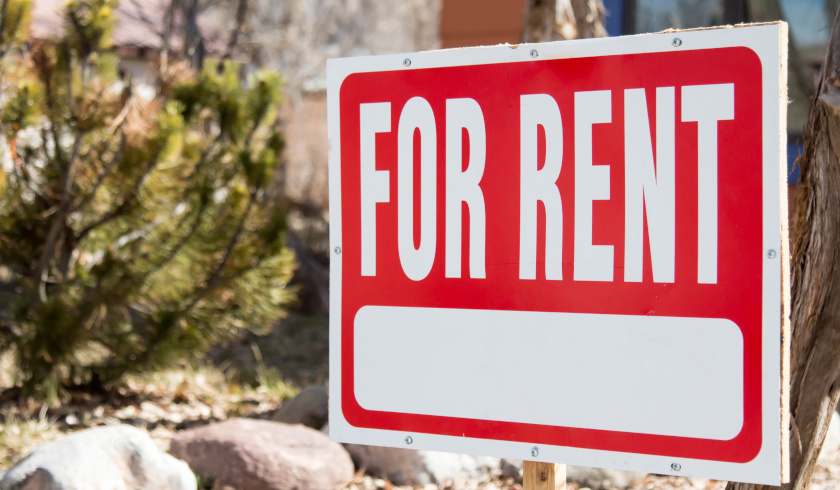Sydney rental market tightens amid lockdown
Despite going in and out of lockdowns over the past year, Sydney’s rental market has maintained resilience, with rental vacancies dropping across parts of the city.

Sydney’s vacancy rate has dropped 0.2 per cent to 2.9 per cent over July – the third consecutive monthly drop, latest figures from the Real Estate Institute of New South Wales (REINSW) revealed.
To continue reading the rest of this article, please log in.
Create free account to get unlimited news articles and more!
This month’s results bring Sydney’s vacancy rate 1.4 per cent lower than the 4.3 per cent April high.
According to REINSW CEO Tim McKibbin, the decrease was largely attributable to Sydney's inner ring, where vacancies dropped 0.9 per cent to 3.1 per cent.
In contrast, the middle ring rose by 0.7 per cent to 3.9 per cent, while the outer ring gained 0.1 per cent to 2.3 per cent.
“The last 18 months have been a roller-coaster ride of ups and downs across the metropolitan area, leaving landlords and tenants alike doing their best to respond to unpredictable market conditions,” Mr McKibbin said.
“This unpredictability will likely continue as we see the impact of this current lockdown trickle through to vacancy rate figures in the coming months.”
Looking at rental markets outside of Sydney, results vary as well.
While Wollongong’s rental vacancy rate remained stable at 1.4 per cent, Newcastle witnessed an increase of 2.4 per cent to a record high of 4 per cent – the highest level since September 2015.
Mr McKibbin said the high number of vacancies may have been influenced by a number of factors, including high rental prices, a reduced level of inquiry and recent lockdown conditions.
In regional NSW, the rental market starts to tell a different story, with vacancies remaining “extremely tight”.
Areas like Albury, Coffs Harbour and New England saw vacancies drop in July to 0.5 per cent, 1.1 per cent and 1.5 per cent, respectively, while Murrumbidgee and the Riverina remained stable at 1.4 per cent and 0.7 per cent, respectively.
While markets like Central Coast, Central West, Mid-North Coast, Northern Rivers, Orana, South Coast and South Eastern saw slight upticks, vacancies were still tight, ranging from 1.9 per cent to 0.5 per cent.
Looking ahead, Mr McKibbin said rising property prices across both metropolitan and regional areas could add further pressure to the rental market.
“Increases in median prices are encouraging many landlords to sell their investment properties and realise the gains, adding to rental stock shortage,” he concluded.

